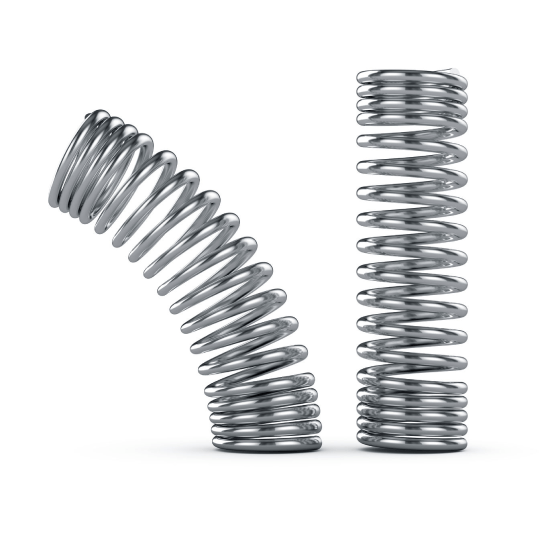
Many people completely ignore their air conditioner until something does not work properly. When you don’t understand your unit, it’s hard to keep it working optimally. If you don’t understand what the technician is talking about, you may feel like they are taking advantage of you.
Air conditioners are really simple systems if you just take a few minutes to learn. Below are the major components you may hear about when a repair is needed and what each does in the system.
Evaporator Coil
The evaporator coil sits inside your house, usually near the air handler or your furnace. The circulating fan will draw air across the coils and cool it down before circulating it out into your house.
These tend to collect air contaminants both over the hot months when you use your unit and over the cold months, too. It’s important to keep them clean to allow air to circulate through the system freely.
Whether you try to clean the coils yourself or hire a professional, caution needs to be exercised to avoid damaging the coils. Using the wrong cleaning solution can damage the tubing in the coils, allowing refrigerant to leak out into your home.
Expansion Valve
Compared to the other components, the expansion valve is small and easy to forget. Nonetheless, it’s one of the most critical components of the system.
Your air conditioning system’s ability to cool is based on transferring heat from inside your home to the outside. The way it does this is by circulating the refrigerant and then changing the pressure of that refrigerant. When the pressure goes up, so does the temperature.
When the refrigerant reaches the expansion valve on the way back to the evaporator, it’s under high pressure. It still has a moderate amount of heat in it, which would not cool your home. The expansion restricts the amount of refrigerant flowing into the evaporator coils, allowing it to expand quickly.
This quick expansion drops the pressure very quickly and, with it, the temperature. This is what allows the air to cool so quickly as it flows over the evaporator coils.
Compressor
As the refrigerant flows through the evaporator, it picks up heat from the air. When it reaches your outside unit, it is not hot enough to allow a significant amount to transfer out.
The compressor helps make the heat substantial enough to vent while outside. The compressor increases the pressure of the refrigerant by pushing more into a smaller space. Think the exact opposite of the expansion valve.
This forces all the heat to come together into a smaller area, increasing the ability to transfer that heat to the air. This is one of the most common parts to fail in your system because of the heat and the pressure it creates.
During your regular maintenance, a technician will inspect and test your compressor to ensure that it is working properly. If it is not creating the pressure it is supposed to, it will cause your efficiency to drop. If the problem is low refrigerant in the lines, then it can cause the compressor to burn out.
Condensing Coil and Fan
Once the refrigerant is compressed, it flows through the condensing coil to transfer the heat to the air outside. This is very similar to the evaporator coils inside but on the hot side of the system.
The condensing fan in the outside unit forces air through the condensing coil and exhausts the hot air out. Like the evaporator coil, this needs to be cleaned annually to ensure air can easily flow through the coil.
You also need to ensure there is ample space around your air conditioner for air circulation. Ideally, you want at least one foot on all sides of the unit and five feet above.
Electrical Components
Probably some of the most frequently replaced components are the electrical components that run the condensing unit. There are two primary components you may hear your technician talk about.
The first is the start capacitor which stores a large charge of electricity, allowing enough to get the system started. You know this has gone bad if you hear a loud humming noise coming from your condensing unit.
The second is the contactor, which is essentially a switch that turns your condensing components on and off. These can burn out or get stuck in the “off” position, preventing your system from running.
Gunthers Heating, Cooling, and Plumbing has been serving American Fork for over 100 years. Our team takes great pride in offering trusted and reliable AC maintenance and repairs to keep your system running strong. We also offer a full range of heating and plumbing services, making your home maintenance and repairs easy. Give us a call to schedule your annual AC maintenance today.


